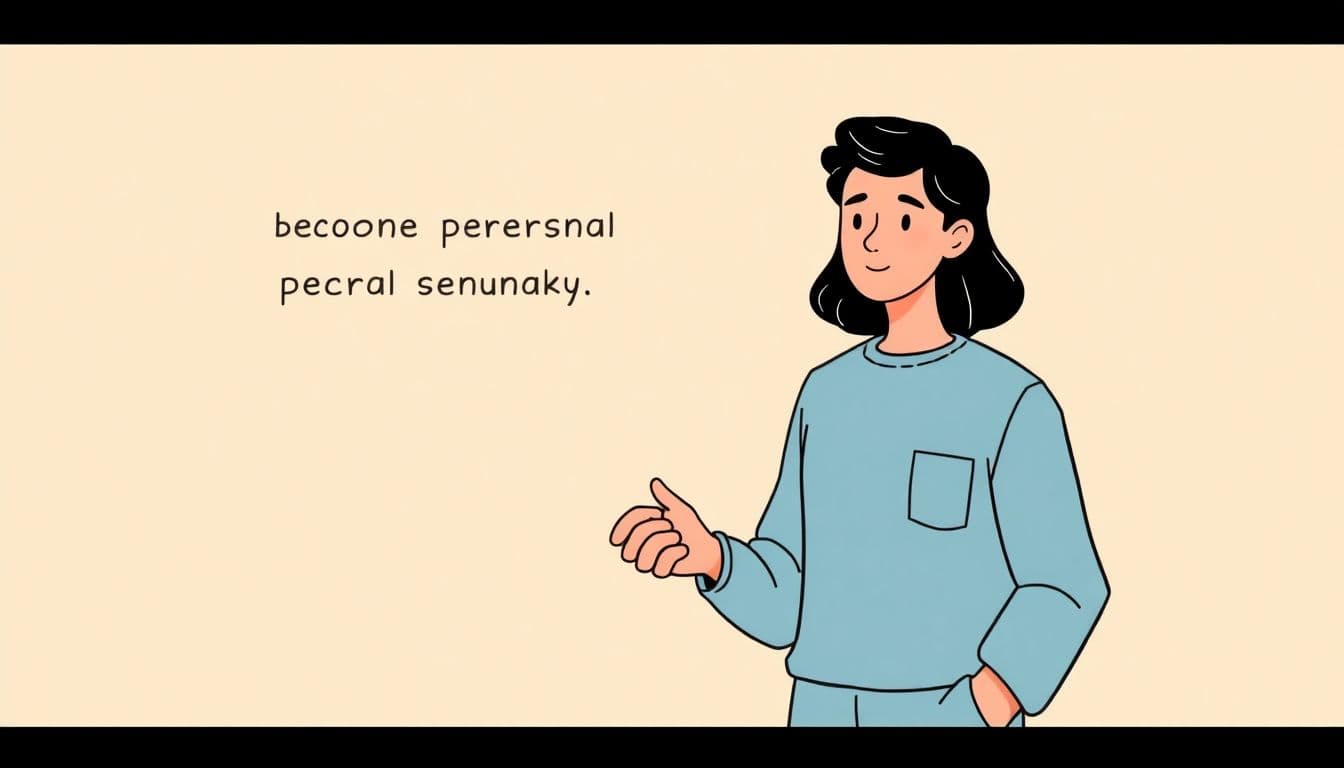Table of Contents
Ever find yourself staring at a blank page, wishing you could bring the past to life but not sure where to start? You’re not alone. Diving into historical fiction can feel overwhelming with so many eras and stories to choose from.
But don’t worry, I’ve got your back. Stick around, and we’ll explore some exciting prompts that’ll spark your creativity and get those historical tales flowing.
From ancient civilizations to modern events, let’s journey through time and uncover ideas that’ll make your historical fiction writing an adventure.
Key Takeaways
Stefan’s Audio Takeaway
- Choose a historical period that fascinates you to make your research enjoyable and your writing more engaging.
- Select writing prompts from different eras like ancient, medieval, early modern, or colonial times to explore diverse stories.
- Incorporate real historical events and figures to add depth and authenticity to your narrative.
- Explore revolutionary and war periods for stories filled with conflict, heroism, and dramatic tension.
- Consider modern historical events, handling sensitive topics with care and thorough research.
- Imagine alternative history scenarios to creatively speculate on how changes in the past could alter the present.
- Focus on the everyday lives of ordinary people to make history relatable and your stories more immersive.

Top Historical Fiction Writing Prompts
Writing historical fiction lets you step into the shoes of people from different eras and explore their worlds.
It’s a chance to bring history to life and tell stories that resonate with readers today.
Whether you’re interested in ancient civilizations or the events of the 20th century, there’s a wealth of historical fiction writing prompts to inspire you.
Step 1: Choose a Fascinating Historical Period
The first thing to do is pick a historical period that captivates you.
Maybe you’re intrigued by the mysteries of the Middle Ages.
Or perhaps the innovations of the Industrial Revolution spark your interest.
Choosing a time period that you find fascinating will make the research process enjoyable and your writing more engaging.
Remember, historical fiction can cover any period, from 399 BCE to 1969, so feel free to explore different eras until you find the one that feels right.
If you’re looking for ideas, check out these historical fiction ideas.
Step 2: Select Prompts from Ancient and Medieval Times
If ancient and medieval times pique your interest, there are countless stories waiting to be told.
Consider writing about a soldier in Alexander the Great’s army, experiencing the thrill of conquest and the challenges of marching across unknown lands.
Or imagine the life of a scholar during the first public dissection at the University of Leiden, grappling with new discoveries that challenge traditional beliefs.
Incorporating real historical events and figures can add depth and authenticity to your story.
When crafting your characters, using resources like historical census records can help you choose names that are true to the period.
You might also find inspiration from these character writing prompts.
This attention to detail can make your story more believable and immersive for your readers.

Step 3: Explore Early Modern and Colonial Era Prompts
If the Early Modern period or the Colonial Era sparks your curiosity, you’ll find plenty of rich material to work with.
This time frame includes events like the Renaissance, the Age of Exploration, and the colonization of the Americas.
You could write about an artist in Renaissance Florence, navigating the complexities of art and politics.
Or perhaps a sailor aboard one of Magellan’s ships, facing the unknown on a voyage around the world.
The colonial period offers stories of settlers, Indigenous peoples, and the clash of cultures.
Remember to research historical details to lend authenticity to your narrative.
Using real historical figures in minor roles can add depth to your story.
For example, your character might encounter a young Benjamin Franklin in colonial Philadelphia.
Don’t worry if the research seems daunting; historical fiction writers typically spend months on research, but it’s a rewarding process.
If you’ve ever thought about writing in a different format, such as a play, this period is rich with dramatic potential.
You might find it helpful to learn how to write a one-act play to bring your story to life on stage.
Step 4: Write About Revolutionary and War Periods
The periods of revolution and war are filled with stories of conflict, heroism, and change.
Writing about events like the American Revolution, the French Revolution, or the World Wars offers a backdrop of high stakes and dramatic tension.
You could write from the perspective of a soldier in the trenches during World War I, capturing the grim realities of war.
Or perhaps tell the story of a spy during the Cold War, navigating a world of secrets and intrigue.
Using real historical events, such as the D-Day landings or the fall of the Berlin Wall, can ground your story in reality.
Incorporating authentic details will engage your readers and make your story more compelling.
Remember, you don’t have to make your main character a historical figure; they can be an ordinary person experiencing extraordinary events.
If you’re interested in exploring darker themes, you might consider these horror story plot ideas set against a historical backdrop.
Step 5: Consider Prompts from Modern Historical Events
If modern history is more your style, there’s no shortage of significant events to draw from.
Think about the impact of the civil rights movement, the moon landing, or the rise of the internet.
You could write about a family living through the Great Depression, showing how they cope with hardship.
Or perhaps explore the life of a programmer during the early days of Silicon Valley.
Modern historical fiction allows you to connect with events that are still shaping our world today.
When writing about recent history, it’s important to handle sensitive topics with care.
Research is crucial, even if the period feels familiar.
Using technology to your advantage, AI tools can help with gathering information and generating ideas.
For example, AI can assist with AI tools for research to streamline your writing process.
Step 6: Imagine Alternative History Scenarios
If you enjoy speculating on “what if” scenarios, alternative history might be the perfect niche for you.
Imagine how the world would be different if a key event had a different outcome.
What if the South had won the Civil War?
Or if the Roman Empire had never fallen?
Alternative history allows you to blend fact with fiction in creative ways.
It’s a chance to explore the ripple effects of historical changes.
When writing alternative history, make sure to consider the plausibility of your changes and how they impact the world you’ve created.
You might find it helpful to use a dystopian plot generator to spark ideas.
Step 7: Focus on Everyday Life in History
Not every historical fiction story needs to focus on grand events or famous figures.
There’s value in exploring the everyday lives of ordinary people.
What was it like to be a shopkeeper in Victorian England?
Or a teacher in 1950s America?
Focusing on daily life can make history relatable to your readers.
It allows you to delve into cultural nuances and social norms of the time.
These stories can highlight how people lived, loved, and worked in different eras.
Using detailed descriptions of settings and routines can immerse your readers in the past.
If you’re interested in crafting stories grounded in reality, these realistic fiction writing prompts might inspire you.
Conclusion
Writing historical fiction is a rewarding journey that bridges the past and the present.
By choosing a period that fascinates you and diving into the lives of people from that time, you create stories that resonate with readers.
Whether you’re writing about a significant historical event or the everyday life of ordinary people, your story can bring history to life.
Remember to do your research, be authentic, and most importantly, enjoy the process.
Your unique perspective can shed new light on the past, making it accessible and engaging for today’s readers.
FAQs
Consider periods that fascinate you. Look for times rich in conflict or change, providing dynamic settings. Ensure there’s ample research material available to accurately portray the era and enhance the story’s authenticity.
Start with books and academic journals on the era. Utilize primary sources like letters and diaries. Visit museums or historical sites. Online archives and speaking with historians can also provide valuable insights.
Yes, especially in alternative histories. Altering events can create compelling narratives. However, changes should be plausible within the context, and it’s important to respect the significance of real historical events.
Focus on universal themes like love, ambition, or conflict. Develop characters with emotions and motivations that resonate today. Show how their experiences, though set in the past, connect with contemporary issues.



